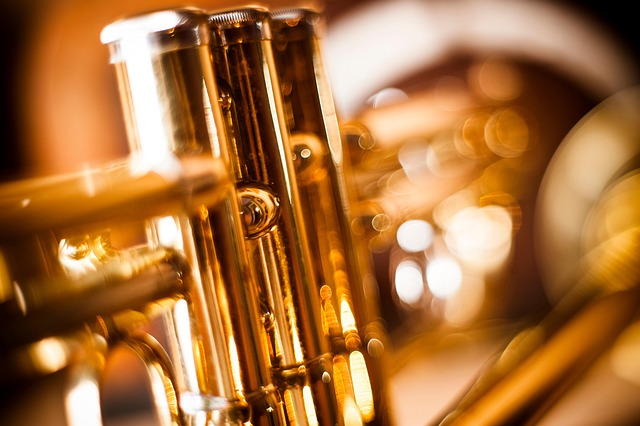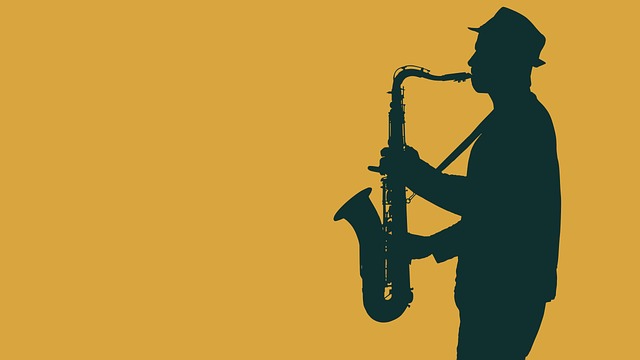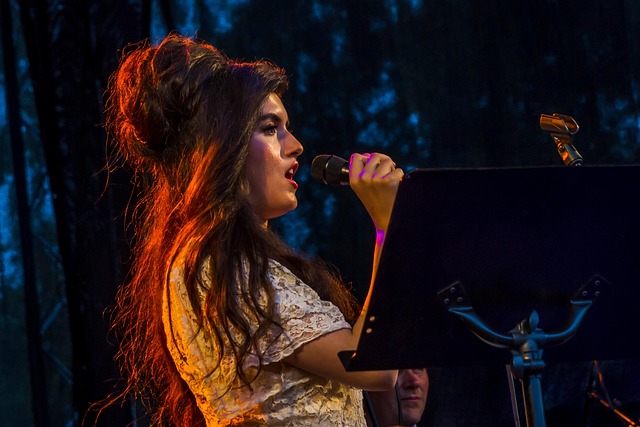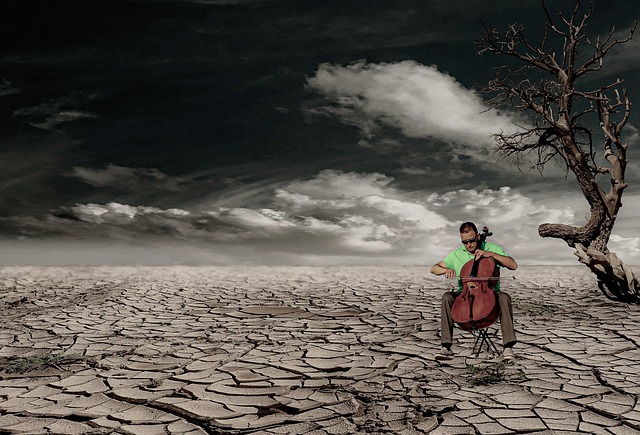
Exploring the Timeless Grooves of Modal Jazz: A Journey into the Heart of Jazz Music Culture.
When you think of jazz, a kaleidoscope of sounds and styles likely come to mind. From the energetic beats of bebop to the smooth melodies of cool jazz, the genre has a rich tapestry that continues to evolve. One of the most captivating styles within this genre is modal jazz. It stands as a bridge connecting innovation and tradition, inviting listeners to experience a musical journey unlike any other.
Modal jazz emerged in the late 1950s as musicians began to explore the possibilities beyond traditional chord progressions. Notable artists, like Miles Davis and John Coltrane, spearheaded this movement by experimenting with modes rather than the conventional major and minor scales. This shift allowed for a more open-ended approach to improvisation. With modal jazz, musicians could delve deeper into expressive melodies, creating a fresh, expansive sound that resonates with both seasoned jazz aficionados and newcomers alike.
Imagine walking into a dimly lit jazz club, the air thick with anticipation. The band takes the stage, and as the musicians warm up, you can feel the rhythmic pulse of modal jazz enveloping the room. The improvisations unfold like a dance, each note weaving together in a tapestry of sound that invites you to lose yourself in the moment. It’s an experience that ignites the soul, a party for the senses where the boundaries of time and space dissolve, allowing you to feel the music in every fiber of your being.
The essence of modal jazz reflects a broader music culture that celebrates spontaneity. Whether it’s an intimate gathering of friends or a bustling festival, the improvisational nature of this genre creates an atmosphere that thrives on connection. Conversations flow as effortlessly as the melodies, each note encouraging participants to share their own experiences and emotions, making every performance a unique event.
At its core, modal jazz transcends mere entertainment; it expresses the diverse realities of life. Musicians tap into this well of creativity, touching on themes of love, struggle, joy, and introspection through their music. The improvisational nature of the genre means that each listener can interpret a performance in a way that speaks to their personal journey. The party continues long after the final chord is struck, as the echo of the music lingers in minds and hearts, sparking conversations and inspiring reflection.



